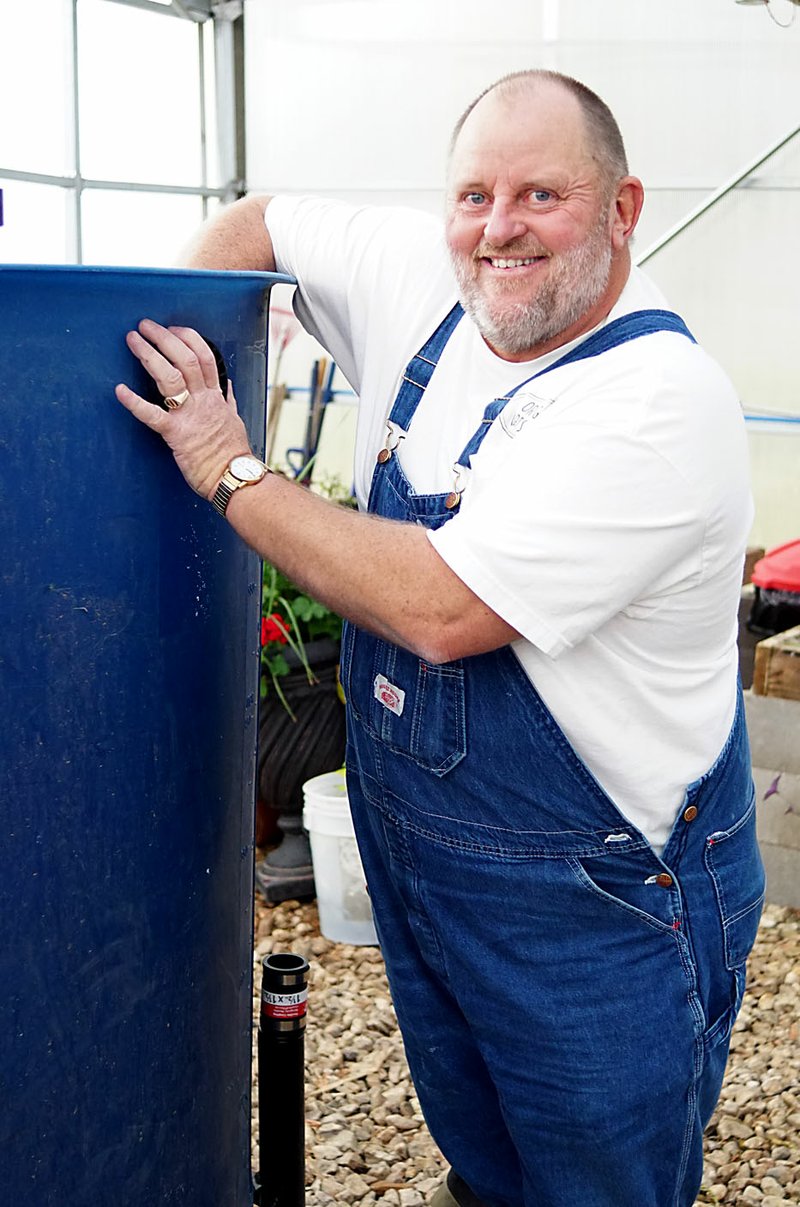GENTRY -- The aquaponics growing system in the greenhouse at Gentry High School is growing too. A new tank was being added for fish last week, and new growing beds were being installed.
The added components will allow students to grow more plants in the unique closed agricultural system.
"Aquaponics is the agricultural practice of growing plants and fish in a closed, self-sustaining ecosystem," the Symbiotic Aquaponic website states. "True aquaponics recycles water within a closed system which, by many estimates, reduces water consumption by approximately 99 percent."
The website explains that "this means ... a tomato grown in an aquaponic system requires 1 percent of the watering required by a tomato grown with traditional farming ... because an aquaponic system is more efficient" and doesn't lose water "to runoff, evaporation and soil absorption."
The site explains that "aquaponics is a combination of both hydroponic and aquaculture methods." Hydroponic agriculture grows plants in water, without soil; and aquaculture raises fish in a closed-tank system.
According to the website, "Aquaponic agriculture combines the best of both worlds and leaves behind the unwanted parts. In an aquaponic system, fish waste in the water is cycled into grow beds where seeds or plants are growing. This fish wastewater provides the essential nutrients for plant growth and reduces the need for added chemical nutrients. In turn, the plants essentially clean the waste from the water and return it back to the system where it is reused and recycled efficiently.
"Aquaponics relies upon microbiological processes to foster the relationship between plants and fish ... Ammonia is released by the fish waste. While high levels of ammonia would normally kill fish in an aquaponic system, this ammonia is converted into nitrites by naturally occurring bacteria that develop in the aquaponic system ... The nitrates that result from this conversion process are then absorbed by the plants, which provide all the necessary nutrients for the plants to grow. The result of this natural process is clean water that provides a safe environment for the fish," the Symbiotic Aquaponic website states.
More information on the system and aquaponics is available at the Symbiotic Aquaponic website: www.symbioticaquaponic.com.
General News on 11/22/2017
